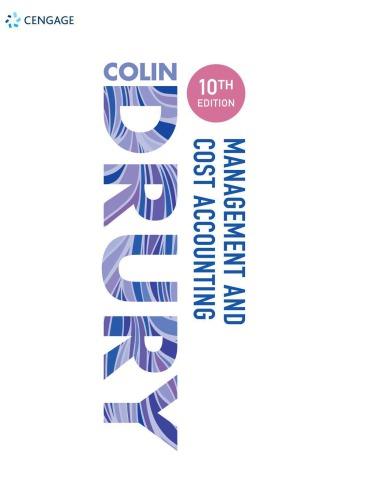According to Gillian Lees, a blogger on www.cimaglobal .com, the typical risk assessment model for a management
Question:
According to Gillian Lees, a blogger on www.cimaglobal .com, the typical risk assessment model for a management accountant reads like this: identify risks, assess their impact and probability, and develop risk responses. This seems a reasonable approach, but Lees wonders how specific management accountants need to be in their efforts to identify risks. Some risks are readily identifiable, for example risks of fire or flood. However, as Lees points out, not all risks are identifiable. The volcanic ash from an Icelandic volcano that caused major disruption to air traffic over Europe in 2010 was a risk not many could have foreseen. It was probably a surprise even to airlines that would normally include such risks in their ‘risk register’ as they fly close to or over volcanoes regularly. A key point raised by Lees based on the volcanic ash example is that all assessments of risk will have an element of ‘unknown unknowns’. In other words, it is not possible to identity every single risk. What is important, according to Lees, is to try to think about the processes to deal with unknown risks.
For example, a major disruption to fuel supplies would equally ground aircraft in the same way as a volcanic eruption. The risk assessment should, in the airline example, assess not what might cause aircraft to be grounded for a week or more, but how to deal with the event were it to happen.
Questions;
1 Do you think management accountants should spend a lot of time trying to evaluate different risks?
2 Do you think an assessment of effects would be a better approach to risk assessment and management?
Step by Step Answer:






